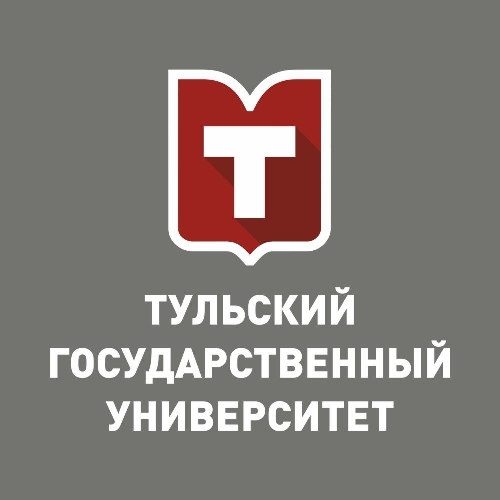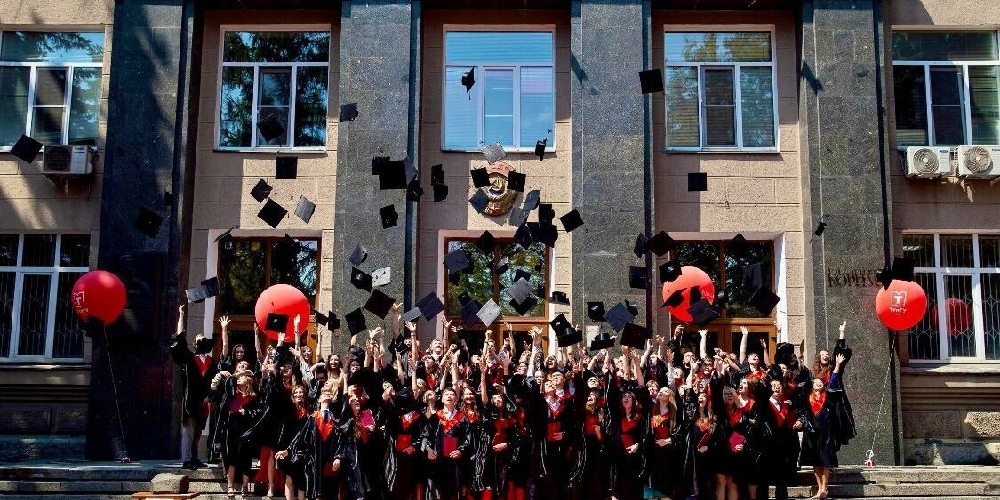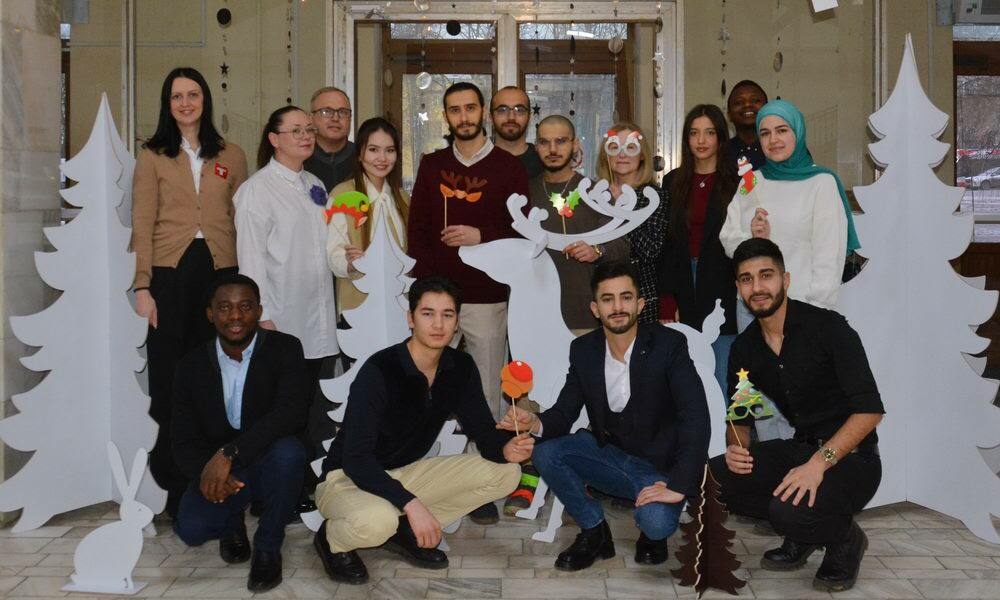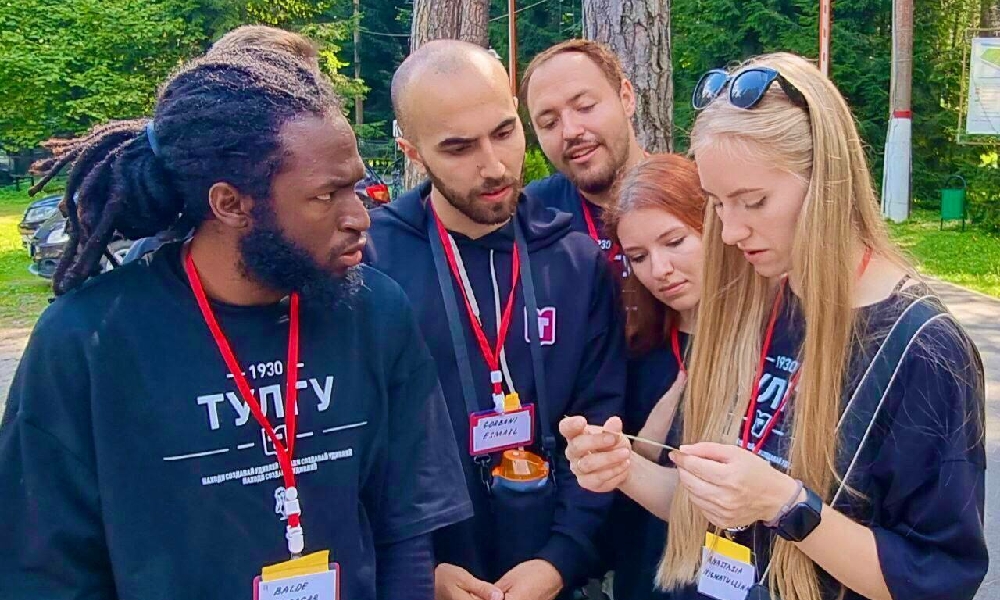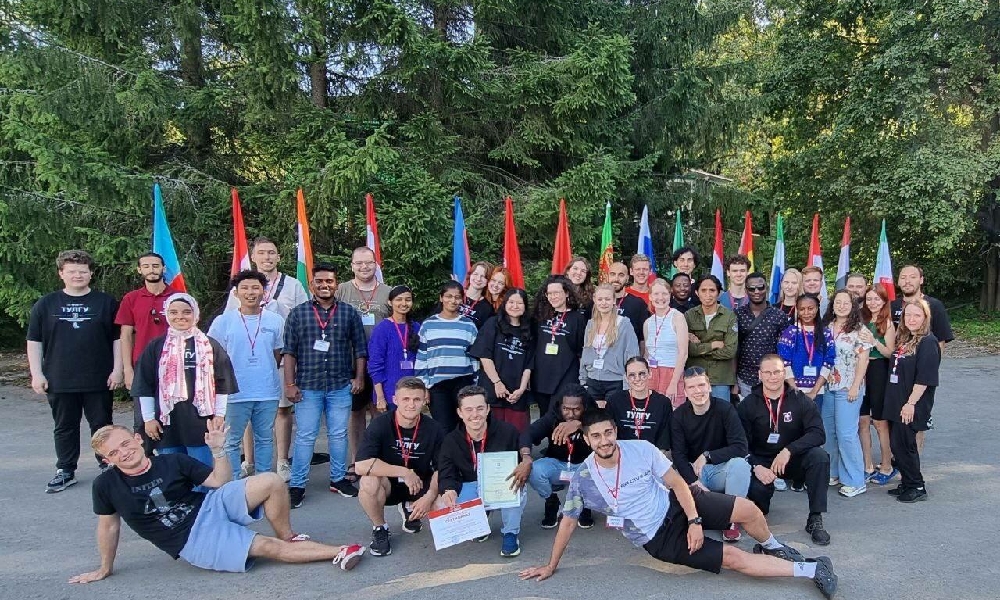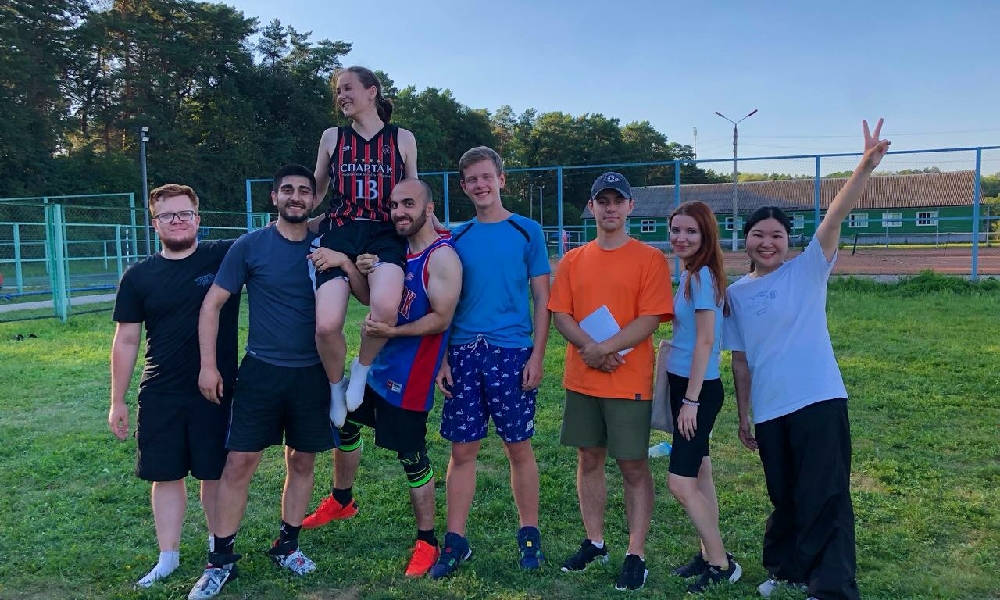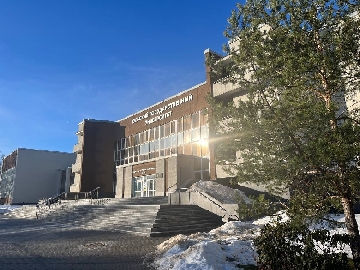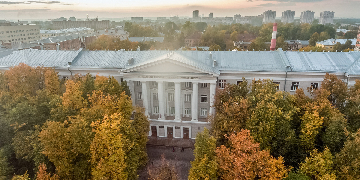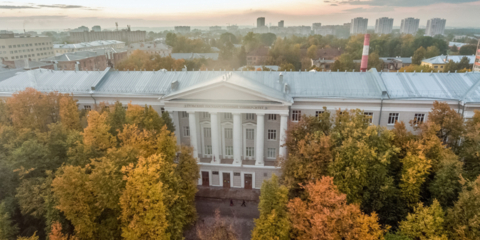Tula State University (TulSU) is one of the largest universities in Central Russia and the leading scientific and educational center in the Tula Region. The university graduates are sough-after and top-notch young specialists highly valued by employers in the region and throughout Russia.
Infrastructure
- 18 educational buildings
- TulaTECH Research and Education Center
- 8 scientific laboratories
- Environmental Monitoring Center
- Engineering Center of Composite Materials
- 14 student dormitories
- Fitness centers
- Stadiums
- Swimming pools
- Kindergarten
- Medical clinical center
- Training and health center on the Oka River
Adaptation
Moving to a new country to study for a long time is always stressful. TulSU specialists hold a broad range of activities to make the process of adaptation and integration into the university community as easy as possible:
- Meeting at the airport and transfer to the university
- Assistance in finding accommodation and solving any everyday problems
- Psychological support helping students not to feel lonely in the large multicultural environment
- Maintaining a healthy psychological climate in student groups
- Working with foreign compatriot associations
- Assistance in undergoing a medical examination and receiving medical treatment
Special emphasis is placed on international students’ adaptation to life in the city of Tula. As one of the oldest Russian cities, Tula is rich in various architectural monuments. Today Tula can be called "the third museum capital of Russia." It boasts a lot of historical and cultural sights as well as creative spaces. It is Tula that gave great writer Leo Tolstoy to the whole world.
The university holds numerous conferences, exhibitions, festivals, forums dedicated to colorful national holidays, interaction between various cultures and creativity uniting the peoples of the world.
Such an eventful extracurricular program greatly facilitates foreign nationals’ adaptation to the study and living environment in Russia and helps unleash their scientific and creative potential.
Mathematics and Natural Sciences
Engineering, Technologies and Engineering Sciences
Health and Medical Sciences
Agriculture, Forestry, Fishery, Veterinary Medicine, and Animal Science
Social and Human Sciences
Education and Pedagogical Sciences
Information and Communication Technologies, Information Security, and Computer Sciences
Social and Service Industries
